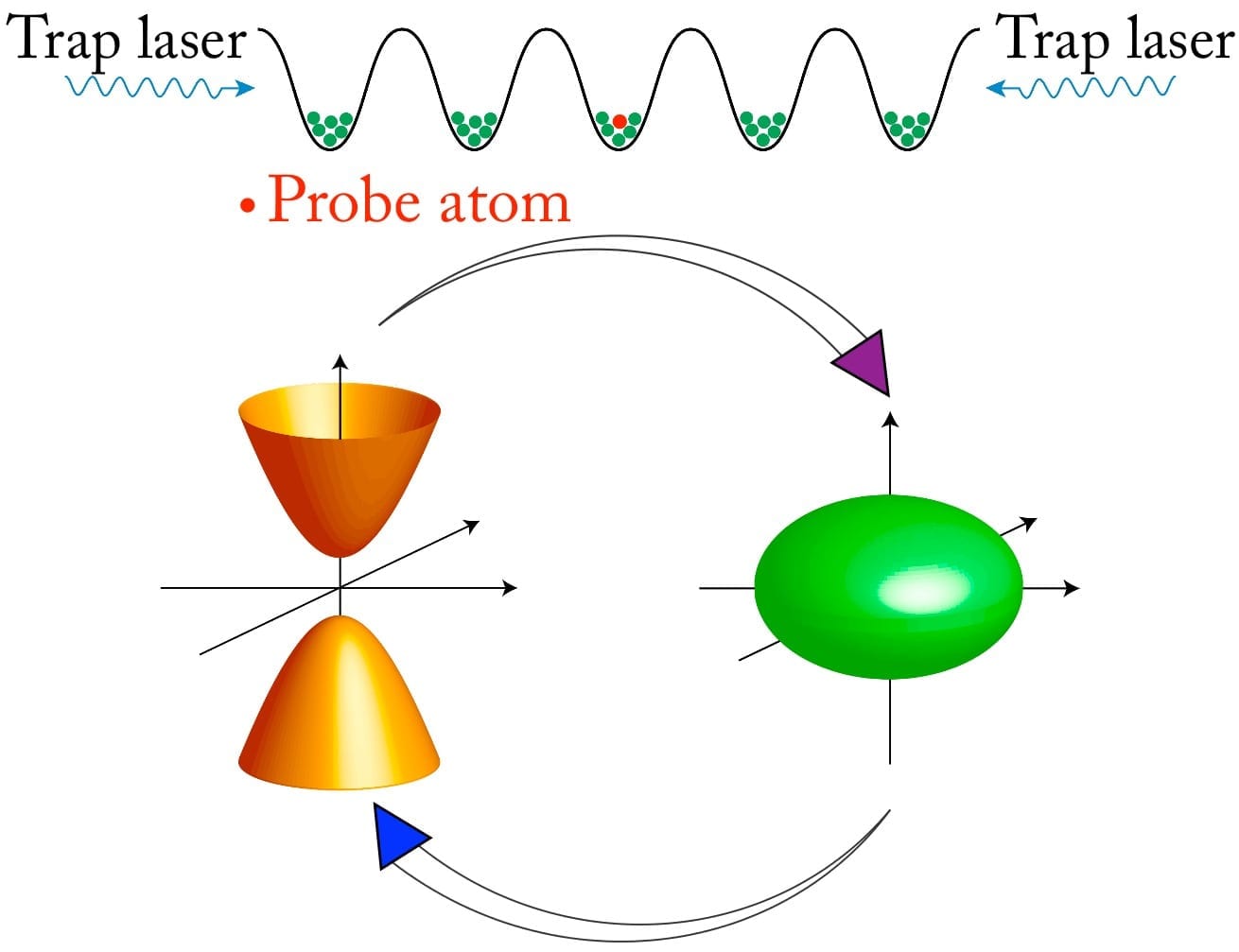
By combining a wireless connected EEG headset from Emotiv and an assistive communication app, California-based Smartstones is bringing the power of speech to those who have difficulty communicating verbally. The “think to speak” technology works by reading the brainwaves of the user and expressing them as phrases spoken through the app.
:prose is the app at the heart of it all, developed by Smartstones to help nonverbal people communicate by tapping or swiping on a mobile device. Like sign language, individual gestures and movements are linked to words and phrases: for example, swiping up could mean “I want”, and drawing a circular motion could mean “water”. The app recognizes the input and speaks aloud the complete sentence, “I want water.” The commands are customizable too, so a user can assign phrases to specific movements however they like.
It’s a valuable tool for people who are living with conditions that present verbal communication challenges, such as ALS, Autism and Cerebral Palsy, or have suffered brain or spinal injuries. But for others, the movements required to use the app can also be difficult to perform, due to conditions like Parkinson’s or ALS, which inhibit a person’s motor skills. That’s where the EEG headset comes in.
Using Emotiv’s Epoc or Insight headset in conjunction with the :prose app, a user can simply think about the motions tied to each command, and the headset reads their brainwaves, transmits the signal to the app via Bluetooth, and speaks the related phrase aloud. It works the same way as gestures and touch interfaces, but removes the element of physical movement that some people may struggle with. Users can even send messages to other devices with the power of thought alone.
The system is reportedly really easy to learn, compared to previous pictogram-based approaches, and relatively inexpensive. Combine this with other technologies such as EyeControl or the cheek-movement speech synthesizer used by Stephen Hawking, and the future could be a little brighter for those “locked in” their own bodies.
Smartstones worked with nonprofit organization Pathpoint to test the technology, and the results are encouraging.
Learn more: Thought-reading headset lets users speak their mind
The Latest on: Thoughts into speech
[google_news title=”” keyword=”Thoughts into speech” num_posts=”10″ blurb_length=”0″ show_thumb=”left”]
via Google News
The Latest on: Thoughts into speech
- What It Takes To Be A Thought Leaderon May 1, 2024 at 4:00 am
Someone recently wrote about me and described me as a “thought leader.” That got me thinking about ... A few had patrons while they worked on their inventions, but many others went into debt trying to ...
- Jonah Goldberg: What we keep getting wrong about campus protestson April 30, 2024 at 5:00 pm
Indeed, people question free speech all the time: in debates about "hate speech," campaign finance, social media and more. (Let's not even get into the fashionableness of questioning Second Amendment ...
- PSU library occupation now ‘criminal behavior,’ not ‘free speech,’ city officials sayon April 29, 2024 at 11:00 pm
Hours after protesters broke into the Portland State University library during a campus protest over the war in Gaza, Mayor Ted Wheeler and other city officials held an extraordinary press ...
- Copilot Workspace is GitHub's take on AI-powered software engineeringon April 29, 2024 at 1:44 pm
Is the future of software development an AI-powered IDE? GitHub's floating the idea. Ahead of its annual GitHub Universe conference in San Francisco early this fall, GitHub announced Copilot Workspace ...
- LakeView students in Kenosha advance to SkillsUSA nationalson April 29, 2024 at 11:04 am
Of the 48 students from LakeView Technology Academy who competed at the State SkillsUSA conference in Madison, Wis., 16 of them will be headed to compete in the national SkillsUSA event in June.
- Why Emma Stone Wants to Drop Her Stage Nameon April 25, 2024 at 6:46 pm
Emma Stone—whose real name is Emily Stone—recently shared that she would love to go by her birth name again, saying, "I would like to be Emily." ...
- The True Danger of the Chaos at Columbia and Other Elite Universities | Opinionon April 25, 2024 at 6:27 am
The mob mentality that has turned free speech into a free-for-all at Columbia University and other colleges is telegraphing a message far beyond any single campus and well beyond the United States.
- University shares new free speech policies with ASSUon April 24, 2024 at 1:33 am
The University Ad Hoc Committee proposed new free speech policies. Senators shared thoughts and proposed new legislation for On Call Café services, and a debate between senators before the ASSU ...
- The Power of Inner Speech and How It Can Enhance Our Decision-Makingon April 22, 2024 at 10:12 pm
In the fast-paced world of business, making sound decisions is crucial for success. However, amidst the hustle and bustle, we often overlook a potent tool ...
- When thoughts flow in one directionon April 18, 2024 at 11:38 am
Contrary to previous assumptions, nerve cells in the human neocortex are wired differently than in mice. Those are the findings of a new study conducted by Charité – Universitätsmedizin Berlin and ...
via Bing News








